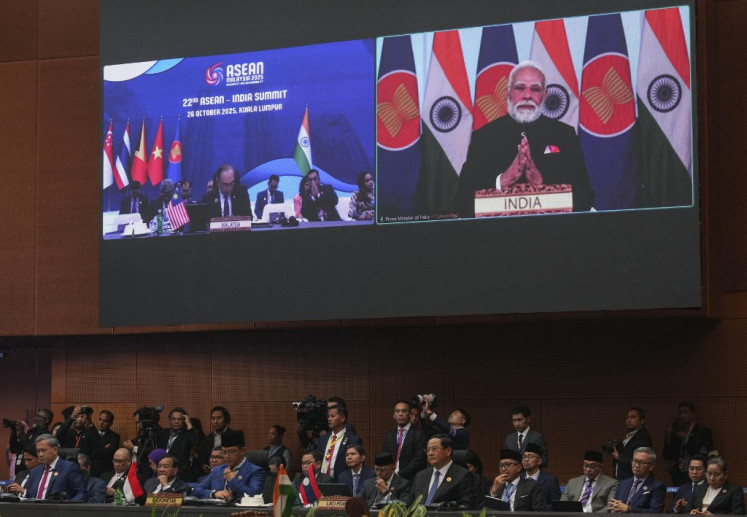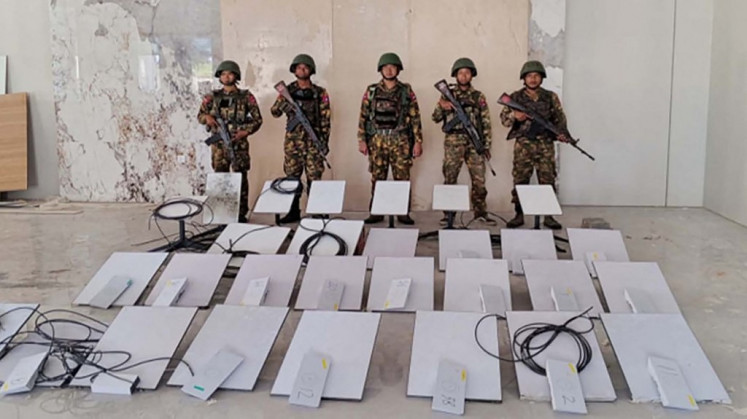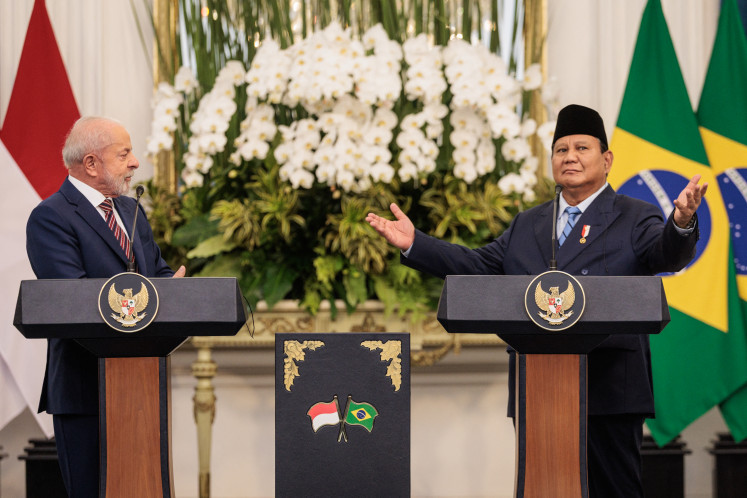Popular Reads
Top Results
Can't find what you're looking for?
View all search resultsPopular Reads
Top Results
Can't find what you're looking for?
View all search resultsCreating M&A value: Not a done deal
Our analysis on the recent M&A activities in Indonesia from 2012 to 2016, we see that almost half of the deals resulted in shareholder value being destroyed even after two years of deal close.
Change text size
Gift Premium Articles
to Anyone
D
espite deal levels above their pre-financial crisis highs in 2007, global appetite for mergers and acquisitions (M&A) shows no sign of waning, according to the 18th EY Global Capital Confidence Barometer (CCB).
Rising economic and corporate confidence and the drive for innovation and growth are outweighing geopolitical and regulatory concerns as more than half of respondents (52 percent) indicate that they plan to acquire in the next 12 months, according to the 18th EY Global Capital Confidence Barometer (CCB), a biannual survey of more than 2,500 executives across 43 countries.
Almost three-quarters (70 percent) of respondents see portfolio transformation as the top priority on the boardroom agenda, as companies look to remain agile, alert to new opportunities and need to quickly respond to a fast-moving market environment.
For many, if not all, of these companies that enter into deals, the hope is to realize the synergies between the two parties once they integrate. Synergies typically relate to cost and revenue — where the deal will allow the two companies to reduce cost or increase revenue. Yet, against the expectations of access to new markets and capabilities, and improving performance and generating higher shareholder value, many deals do not deliver on their expected value.
The main reason: failure in integration. Our analysis on the recent M&A activities in Indonesia from 2012 to 2016, we see that almost half of the deals resulted in shareholder value being destroyed even after two years of deal close. We also observe no significant differences on the statistics for serial acquirer and the one-off acquirer.
Hence it is very important to understand what are the barriers to integration which prevents the companies to realize the expected value from the M&A activities, and more importantly, what are the key success factors for the integration.
Across the deal process, there are several points for potential inefficiencies or failure. For a start, a key stumbling block is the lack of clear leadership. During an M&A, it is natural that the two companies will bring forth its respective leader for each function. Placating both companies with a dual-head organizational structure or delay in selecting a strong and inspirational leader to rally the new organization can be confounding and counterproductive.


















